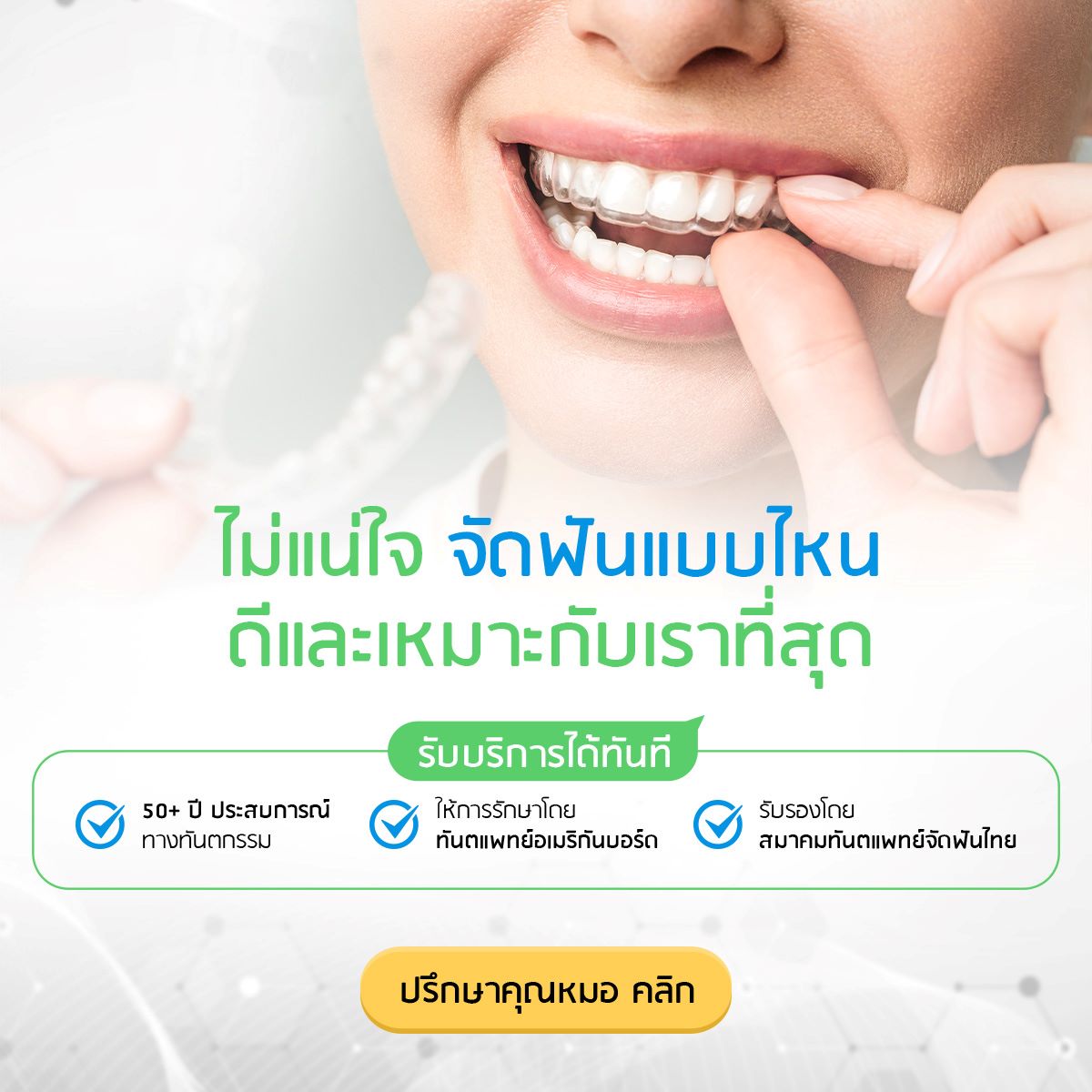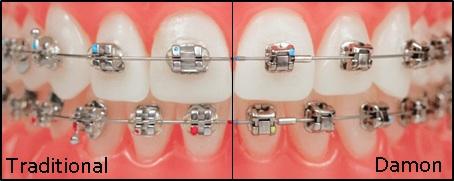What is Orthodontics?
Orthodontics is a branch of dentistry that treats malocclusion, a condition in which the teeth are not correctly positioned when the mouth is closed. This results in an improper bite.
The benefits of orthodontic treatment
- Physical changes of an improved bite and straighter teeth
- Improve a person’s overall self-image.
- Alleviate any potential health problems associated with the teeth or jaw. Crooked teeth or jaw problems may contribute to improper cleaning of teeth, leading to tooth decay and, possibly, gum disease or total tooth loss.
- Orthodontic problems that go untreated can lead to chewing and digestion difficulties, speech impairments, and abnormal wear of tooth surfaces.
- Excessive strain on gum tissue and the bone that supports the teeth can affect the jaw joints leading to problems such as headaches or face and neck pain.
When should we have the orthodontic treatment?
Your Orthodontist is able to tell you whether you need the treatment or not from intra extra oral examination, model and radiographic examination
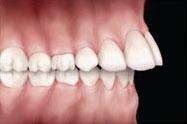 |
Upper anterior Protrusion |
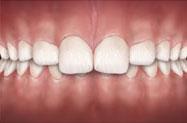 |
Deep bite |
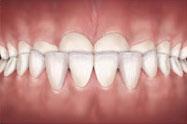 |
Lower anterior protrusion |
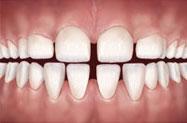 |
Spacing |
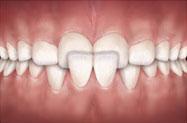 |
Anterior crossbite |
 |
Crowding |
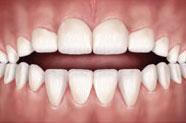 |
Openbite |
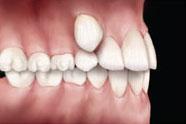 |
Ectopic eruption |
Type of Orthodontic appliance
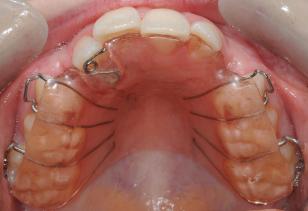 |
1.Removable appliance used when some teeth need to be moved
Pro : easy to clean the appliance and brush your teeth Con : need patient cooperation
|
| 2.Fixed appliance
Patient can’t take the appliance out for cleaning. Multiple teeth are moved simultaneously in the same time. Pro : Don’t need patient cooperation as much as removable appliance Con : Difficult to clean the appliance and brush your teeth 2 Type of fixed appliance
|
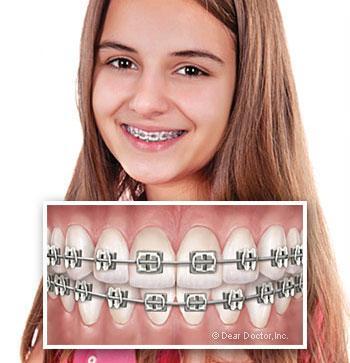 |
New Technique for esthetic and comfortable
Clear Aligner (Invisalign)
Invisalign® clear aligners are custom-made for you.
The aligners are virtually invisible and fit snugly over your teeth. Each aligner shifts your teeth slightly, moving them horizontally and vertically and even rotating them when needed.
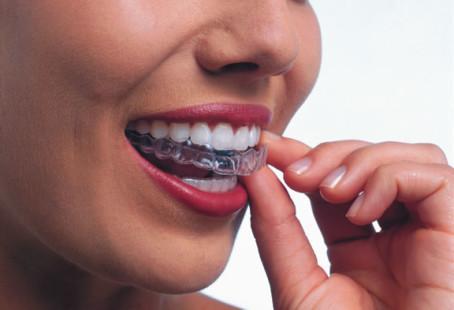
Your aligners are engineered to use the right amount of force in the right place at the right time. When you change to the next set of aligners (typically every week) your teeth gradually move into position, following a custom treatment plan mapped out by your doctor.
Retainer
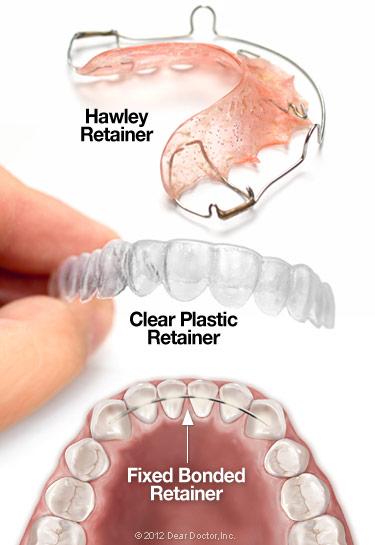
Retainers are essential in almost all cases to help prevent the teeth moving once the braces are removed.
Retainers are the devices that hold teeth in position after orthodontic treatment. Almost every patient who has had orthodontic treatment needs to wear retainers. If you do not wear these retainers then your teeth will go crooked again, and the hard work in wearing the braces will be lost.
Why is wearing retainers important?
- Teeth tend to want to move back towards their original positions. This is called relapse.
- As we get older our teeth may start to move unpredictably, often showing some crossing over and increased in crowding.
By wearing retainers long-term we can reduce these age changes in the position of the teeth. The longer you wear retainers, the longer you can keep your teeth straight.
Types of retainers
Clear retainer (Essix retainer)
This is a clear retainer that is usually worn on a part-time basis.
Bonded retainer
This is a fixed type of retainer. This is stuck onto the teeth – usually hidden on the inside of the teeth.
+The advantage is that you don’t need to remember to wear this retainer (as it stuck in full-time).
– you must spend extra time cleaning around it and if it ever gets loose, you should seek advice.
Hawley retainer
This is a strong retainer, which is removable and has a plastic bit that fits either behind your lower teeth or in your palate behind the upper teeth. There is also usually a thin metal wire running across your front teeth to keep them in position. This retainer may affect your speech slightly when you first use it, but this quickly improves with time.
Temporary Anchorage Devices (TADs).
It’s a very small (1.5 – 2 mm diameter) titanium or stainless steel alloy screw which acts as an anchor point in your jaw. They are then connected to a fixed brace to help move the teeth.
Will it be painful?
Local anaesthesia is used to numb a small area of your gum, and the mini-implant is then gently inserted. You may experience an odd pressure sensation as this occurs. Once the numbness wears off you may feel some discomfort within the first 24 hours and approximately 50% of patients report taking simple painkillers (e.g. ibuprofen or paracetamol) to resolve this. Mini-implants are easily removed when no longer needed, by unwinding them, usually without the need for any anaesthesia. The resulting small wound heals painlessly within several days.
How long will the mini-implant(s) be in place?
This depends on the type of treatment you’re having, and its goals. Mini-implants are generally in place for between several months and years, but once a mini-implant’s in place you’ll probably barely notice it.







